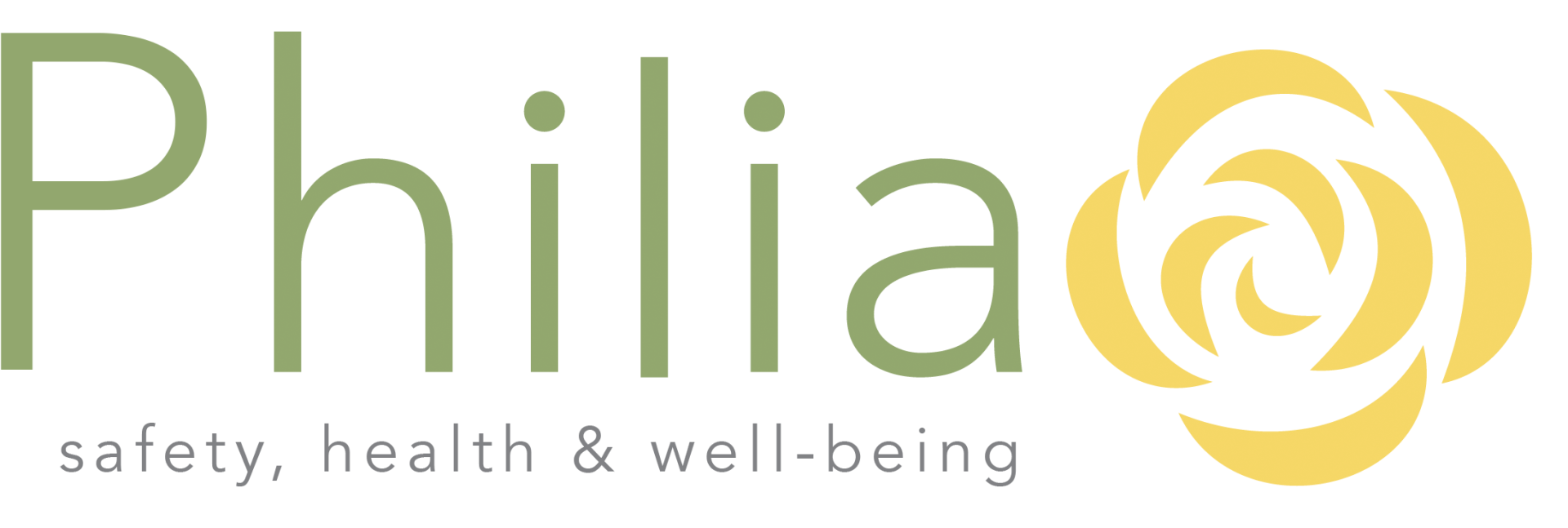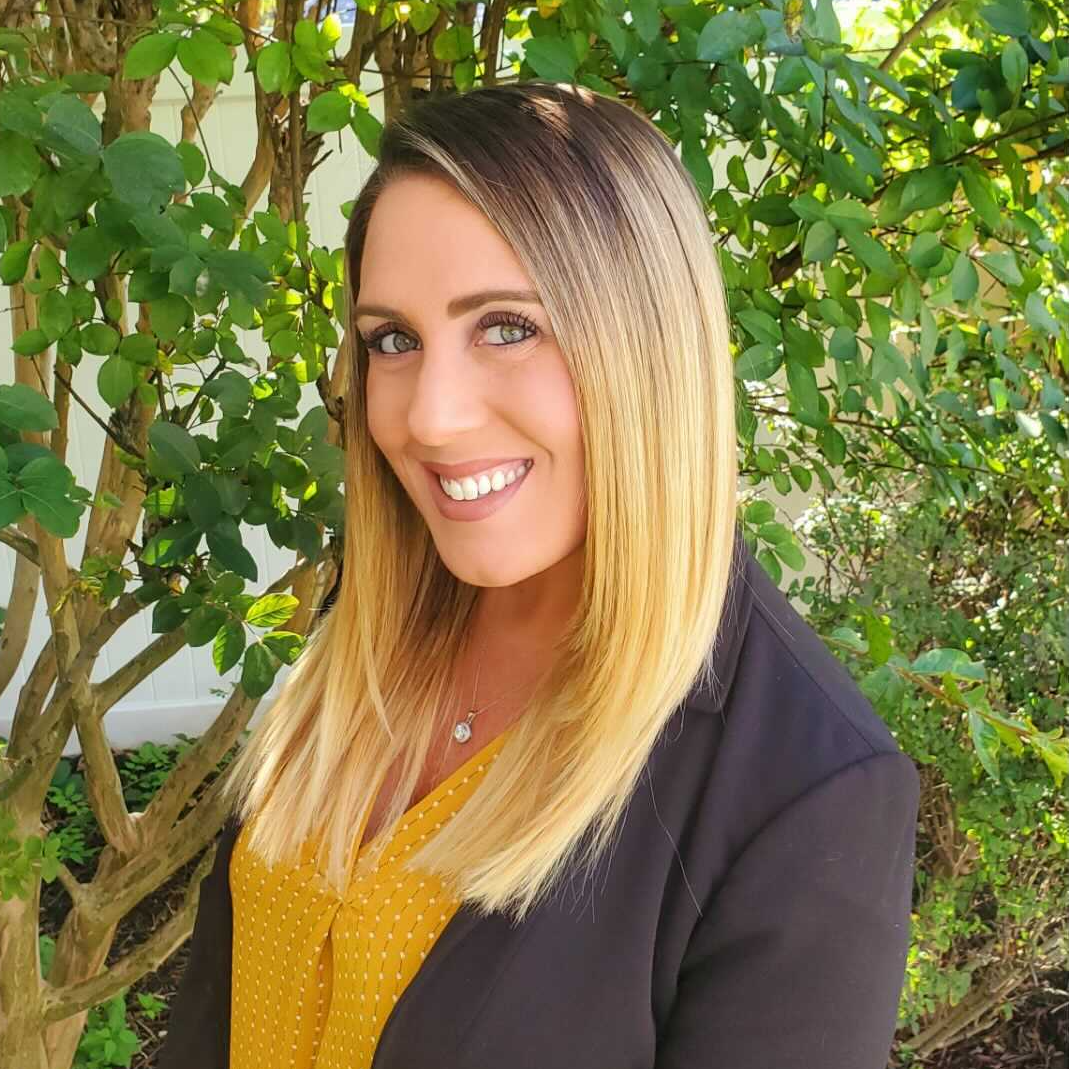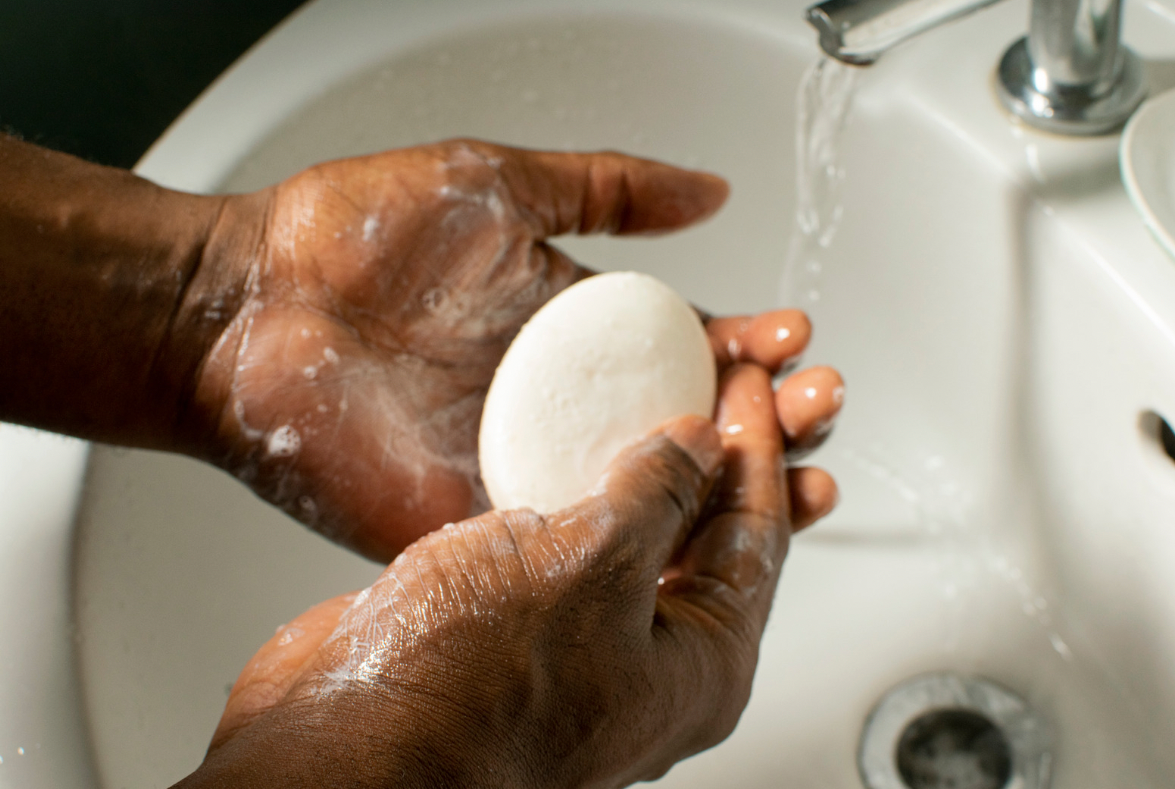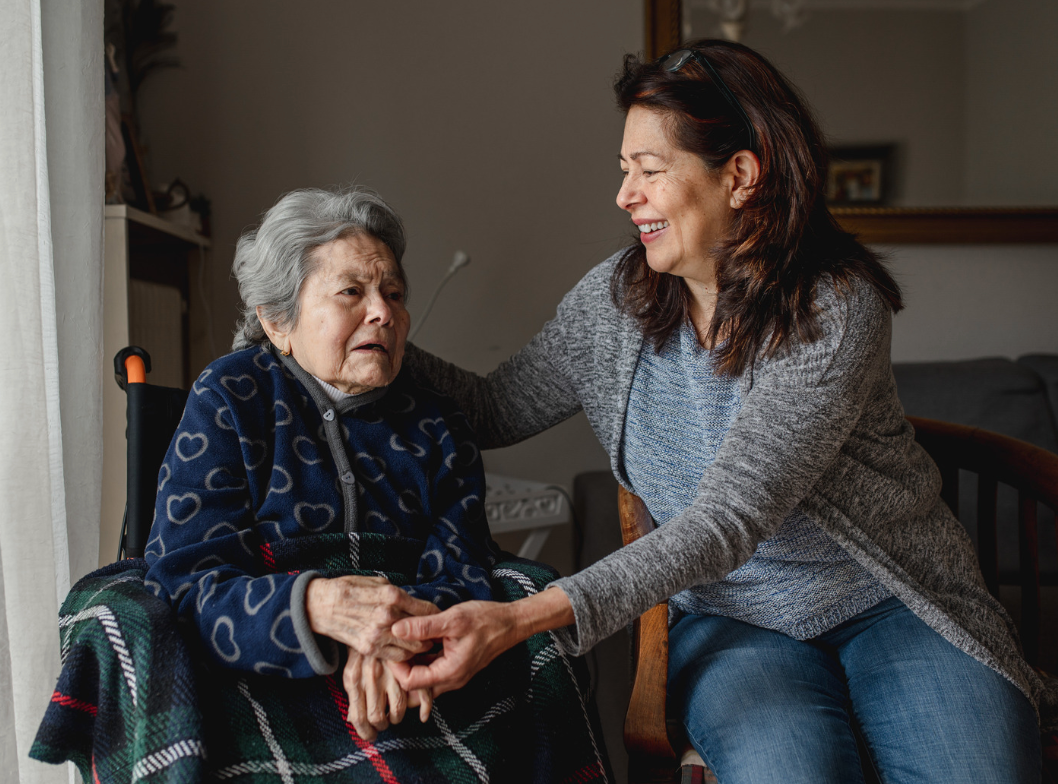Fall Prevention Month: A Comprehensive Guide
Fall Prevention Month: A Comprehensive Guide
September marks the beginning of Fall Prevention Month, a critical time dedicated to raising awareness about the risks of falls, particularly among older adults. Falls are a leading cause of injury and death among seniors, but they are also one of the most preventable. This month-long observance is an opportunity for individuals, healthcare providers, and communities to focus on education, preventive measures, and support strategies to reduce the incidence of falls and improve the quality of life for those at risk.
The Importance of Fall Prevention
Falls are not only a common issue among the elderly, but they also have significant physical, emotional, and financial consequences. According to the Centers for Disease Control and Prevention (CDC), one in four Americans aged 65 and older falls each year, and every 11 seconds, an older adult is treated in an emergency room for a fall-related injury. These statistics underscore the importance of Fall Prevention Month, which aims to address the underlying causes of falls and promote strategies to mitigate these risks.
Risk Factors for Falls
Several factors contribute to the likelihood of falls, especially in older adults:
1.Physical Factors:
- Muscle Weakness: Decreased strength, particularly in the legs, increases the risk of falls.
- Balance and Gait Issues: Problems with balance and walking can make it more difficult to navigate everyday environments.
- Vision Impairment: Poor eyesight, which can result from cataracts, glaucoma, or other conditions, affects depth perception and coordination.
- Chronic Conditions: Diseases such as arthritis, diabetes, and Parkinson’s disease can affect balance and mobility.
2. Environmental Factors:
- Clutter and Obstacles: Homes with clutter, loose rugs, or poorly lit areas pose significant fall hazards.
- Improper Footwear: Wearing shoes with poor support or slippery soles can increase the risk of slipping and falling.
- Inadequate Safety Measures: Homes without grab bars in bathrooms, stair rails, or non-slip mats can contribute to falls.
3.Behavioral Factors:
- Medication Use: Certain medications or combinations of medications can cause dizziness, drowsiness, or balance issues.
- Inactivity: A sedentary lifestyle can lead to muscle weakness and reduced flexibility, increasing the risk of falls.
- Rushing: Moving too quickly, especially when getting up from a seated position or climbing stairs, can result in a loss of balance.
Strategies for Fall Prevention
Fall Prevention Month focuses on educating the public and healthcare providers about effective strategies to prevent falls. These strategies include:
1.Home Safety Modifications:
- Remove tripping hazards such as loose rugs, clutter, and electrical cords from walkways.
- Install grab bars in the bathroom and handrails on both sides of staircases.
- Ensure adequate lighting throughout the home, particularly in stairways and hallways.
- Use non-slip mats in the bathtub and shower.
2.Physical Activity:
- Engage in regular exercise to improve strength, balance, and coordination. Tai chi, yoga, and strength training exercises are particularly beneficial.
- Participate in community exercise programs designed for older adults that focus on balance and mobility.
3.Regular Health Check-Ups:
- Schedule regular vision and hearing check-ups to ensure any impairments are addressed.
- Review medications with a healthcare provider to identify any that may cause dizziness or balance issues.
- Monitor chronic health conditions and follow treatment plans to manage symptoms that could contribute to falls.
4.Education and Awareness:
- Participate in workshops, seminars, and community events that provide education on fall prevention.
- Encourage open discussions about fall risks with family members, caregivers, and healthcare providers.
- Utilize resources such as brochures, videos, and online tools that offer guidance on fall prevention strategies.
Community Involvement
Fall Prevention Month is also an opportunity for communities to come together and support at-risk populations. Local organizations, healthcare providers, and community centers can play a crucial role by:
- Organizing Fall Prevention Events: Hosting events like fall risk assessments, exercise classes, and home safety workshops can provide valuable information and support to older adults and their families.
- Offering Resources: Providing educational materials and resources to the community helps spread awareness about fall prevention strategies.
- Collaborating with Healthcare Providers: Partnering with local healthcare providers to offer fall risk screenings and consultations can help identify individuals at risk and provide them with appropriate interventions.
Fall Prevention Month in September serves as a vital reminder of the importance of taking proactive steps to prevent falls, especially among older adults. By understanding the risk factors and implementing preventive measures, individuals can significantly reduce their risk of falls and maintain their independence and quality of life. Through education, community support, and a commitment to safety, we can work together to make falls a preventable issue rather than an inevitable part of aging.
While the information provided in this blog is intended to be informative and helpful, it's important to consult with a qualified professional for personalized advice. If you have any concerns or questions about your health or specific medical conditions, don't hesitate to reach out to your physician or another trusted healthcare provider. Your health is important, and seeking professional guidance ensures you receive the best care tailored to your individual needs.














